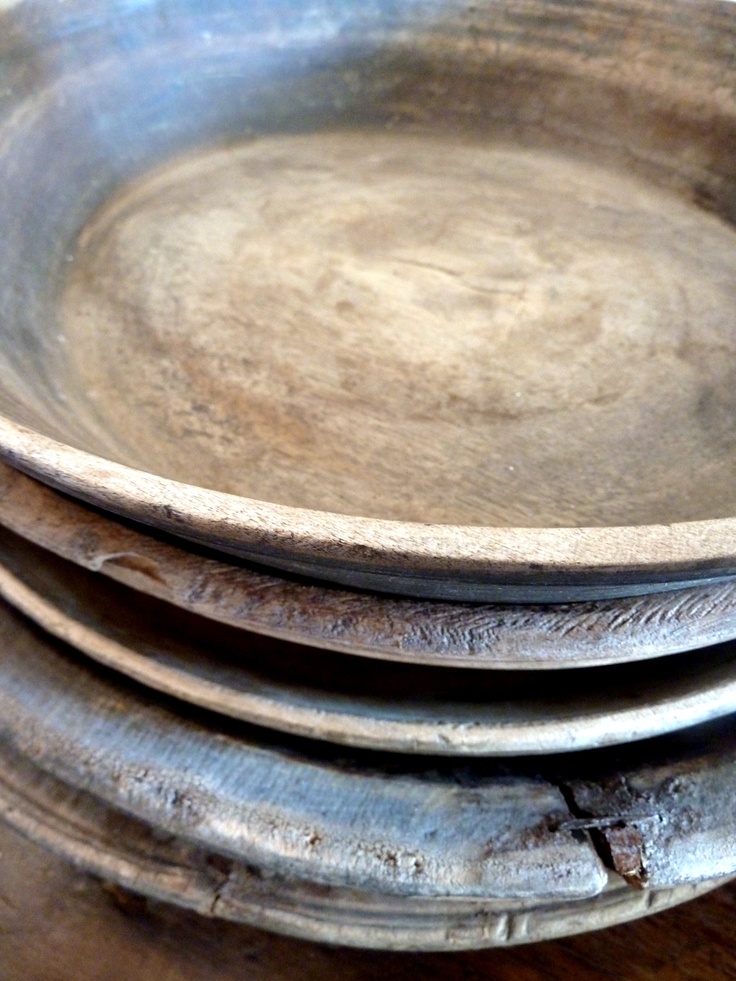Wabi poetically has come to mean simple, unmaterialistic, humble by choice, and in tune with nature.
Someone who is perfectly herself and never cravesto be anything else would be described aswabi.Awabi person epitomizes Zen, which is to say, he or she is content with very little; free from greed, indolence, and anger, and understands the wisdom of rocks and grasshoppers.Sabi by itself means “the bloom of time” and the meaning has evolved into taking pleasure in things that are old and faded.
Sabi things carry the burden of their years with dignity and grace. An abandoned barn, as it collapses in on itself, holds this mystique.There’s an aching poetry in things that carry this patina. We Americans are ineffably drawn to old European towns with their crooked cobblestone streets and chipping plaster, to places battle scarred with history much deeper than our own.
We seek sabi in antiques and some even try to manufacture it in distressed furnishings.
True sabi cannot be acquired, however. It is a gift of time.Broadly, wabi-sabi is everything that today’s sleek, mass-produced, technology-saturated culture isn’t.
It’s antique markets, not shopping malls; aged wood, not swank floor coverings; one single bloom, not a dozen roses.Wabi-sabi celebrates cracks and crevices and rot and all the other marks that time and weather anduse leave behind.Wabi-sabi reminds us that we are all transient beings on this planet—that our bodies, as well as the material world around us, are in the process of returning to dust. Nature’s cycles of growth, decay, and erosion are embodied in frayed edges, rust, liver spots.
Bringing wabi-sabi into your life doesn’t require money, training, or special skills. It takes a mind quiet enough to appreciate muted beauty, courage not to fear bareness, willingness to accept things as they are—without ornamentation.
It depends on the ability to slow down,to shift the balance from doing to being, to appreciating rather than perfecting.
Rough textures, minimally processed goods, natural materials, and subtle hues are all wabi-sabi. This patina draws us with a power that the shine of the new doesn’t possess. Our universal longing for wisdom, for genuineness, for shared history manifests in these things.
There’s no right or wrong to creating a wabi-sabi home. It can be as simple as using an old bowl as a receptacle for the day’s mail, letting the paint on an old chair chip, or encouraging the garden to go to seed. Whatever it is, it can’t be bought.
Wabi-sabi is a state of mind, a way of being. It’s the subtle art of being at peace with yourself and your surroundings. ~
I hope you enjoyed this little lesson. What made me think of it (and break me free of a 5 week writers block) was this article on a lovely couple and their home here. Also for you enjoyment, check out my Pinterest board of well loved and mended things.
If you need help getting this feeling in your home, and letting go of too much stuff, email me scarlett@saffronandgenevieve.com. I can help.
Happy Summer!
Scarlett
